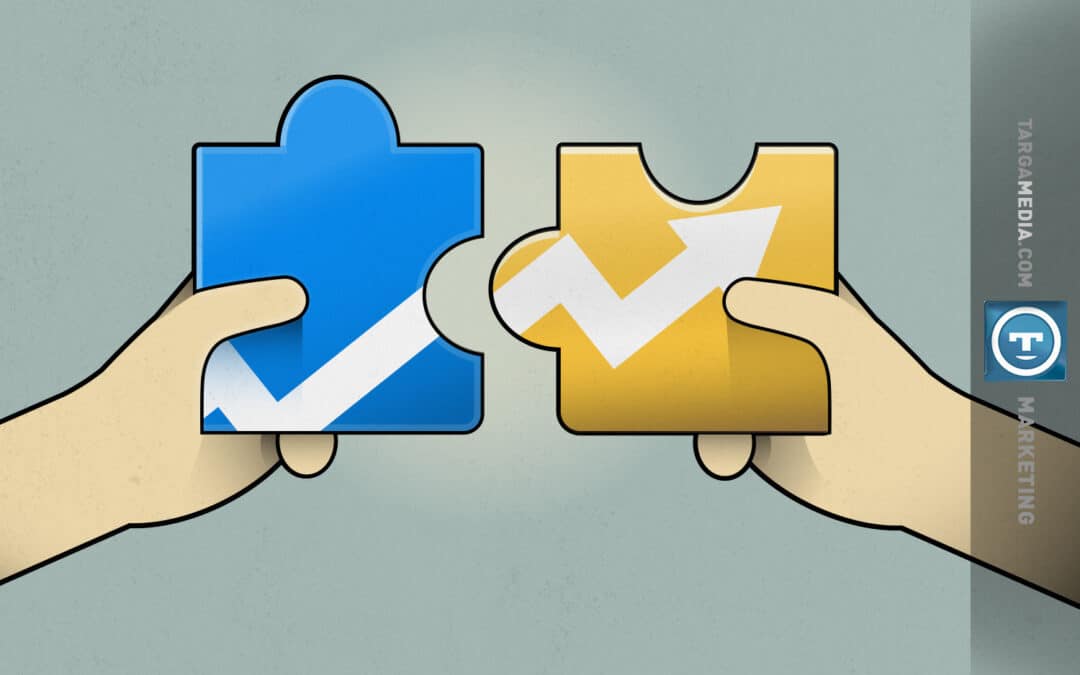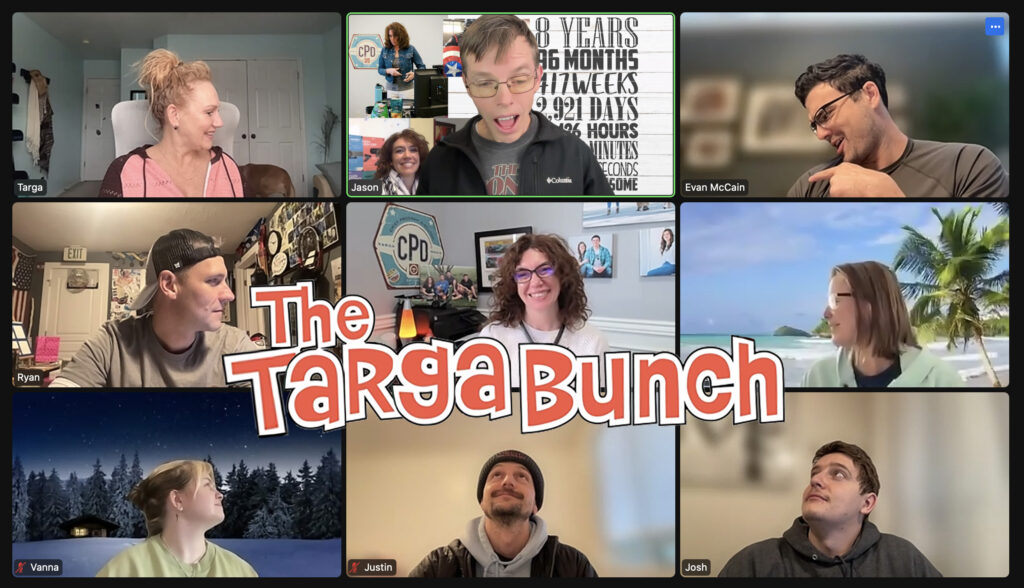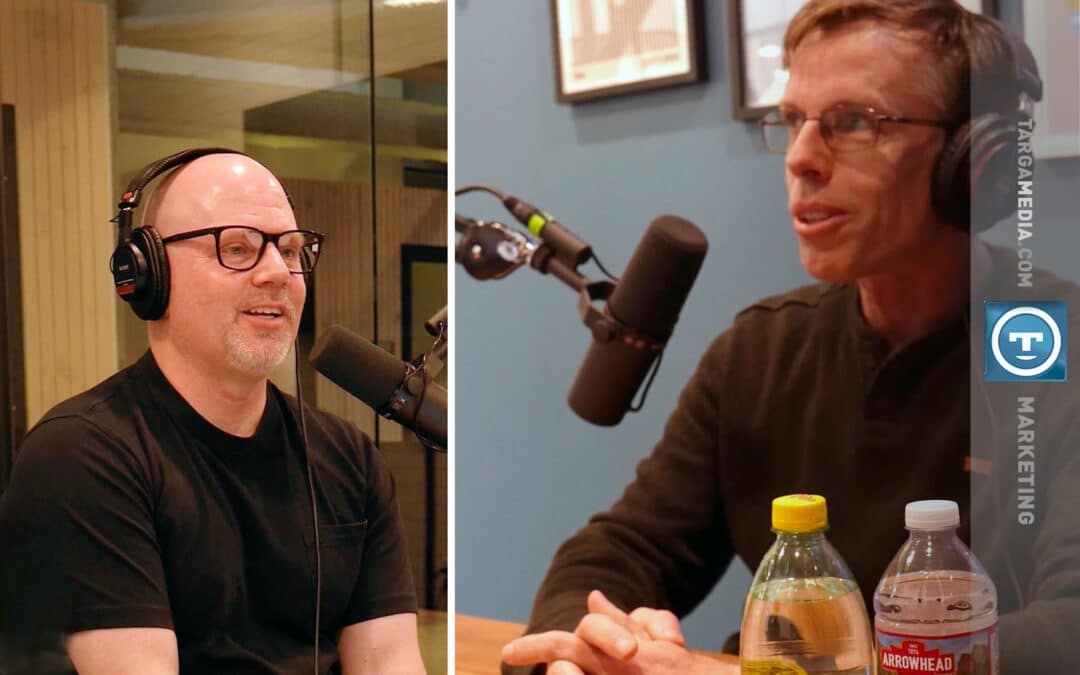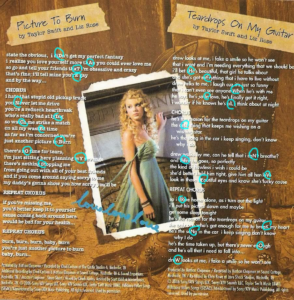
Agency + Client: A Love-Love Relationship

Lisa Harmer
Campaign and Program Director
Agency + Client: A Love-Love Relationship
Why the best partnerships are built on trust, creativity, and a little bit of magic
Ah, Valentine’s Day—the season of heartfelt connections, grand gestures, and, of course, love. But while romantic relationships get all the attention, there’s another dynamic duo that deserves the spotlight: the agency + client relationship.
At Targa, we don’t just see our client partnerships as transactional—we see them as true collaborations built on mutual trust, creativity, and a shared passion for success. It’s not a love-hate relationship (we save the drama for our creative brainstorming sessions). It’s a love-love relationship—one where both sides thrive, grow, and create something amazing together.
So, in the spirit of Valentine’s Day, let’s talk about what makes an agency-client relationship truly special.
1. Great Communication = A Lasting Connection
Any successful relationship—whether personal or professional—starts with great communication. The best agency-client partnerships thrive on clarity, honesty, and a shared vision. We actually love “tough conversations” because they help us deliver better results.
At Targa, we keep the conversation flowing, ensuring every project is aligned with our clients’ goals. No ghosting. No guessing games. Just open dialogue and strategic collaboration that leads to results.
2. Creative Sparks Keep the Fire Alive
Let’s be real—no one likes a boring relationship. The same goes for marketing. Creativity is the spark that keeps the magic alive in every campaign, brand strategy, and content piece we create. There’s nothing better than when our clients ask us to bring some saucy ideas to the table.
We bring fresh ideas, bold thinking, and innovative approaches to every project, helping our clients break through the noise. Whether it’s crafting a brilliant campaign concept or refining the smallest details in messaging, we ensure that every touchpoint is engaging and meaningful.
3. Trust Is the Ultimate Love Language
In any great partnership, trust is everything. Clients need to know their agency isn’t just executing tasks but truly invested in their success. We’re always looking for ways to take every project up another notch.
At Targa, we don’t just “do the work”—we think big, act strategically, and care deeply about every brand we support. Our clients trust us to challenge ideas, solve problems, and bring expertise to the table. And that trust? It fuels our best work.
4. We Have Fun Together
What’s a great relationship without a little fun? The best agency-client partnerships laugh together, brainstorm wildly, and celebrate wins along the way.
Yes, we take our work seriously, but we also know that marketing is an exciting, ever-evolving space. We bring energy, enthusiasm, and a touch of irreverence to keep the process engaging and enjoyable.
Because at the end of the day, great work comes from teams that genuinely love what they do and who they do it with. We look forward to our weekly check-in meetings as much for the project collaboration as for updates on all the fun life details: new babies, ski vacations, dog training tips, weddings, movie reviews, and unusual hobbies.
5. We’re In It for the Long Haul
A truly great agency-client relationship isn’t just a short-term fling—it’s a long-term partnership built on trust, results, and a shared vision for the future.
At Targa, we’re not just here for one campaign or one project. We’re here to grow, adapt, and evolve alongside our clients, helping them navigate the ever-changing landscape of marketing and branding, and their ever-growing careers.
Happy Valentine’s Day from Targa!
This Valentine’s Day, we’re celebrating the partnerships that make our work so fulfilling. To our amazing clients: thank you for trusting us, inspiring us, and collaborating with us. We love what we do because of you.
And if you’re looking for an agency that believes in love-love relationships, let’s chat. Because when strategy, creativity, and collaboration come together, the results are pure magic.
Let’s create something unforgettable together.














